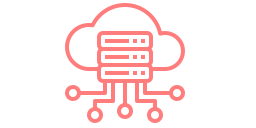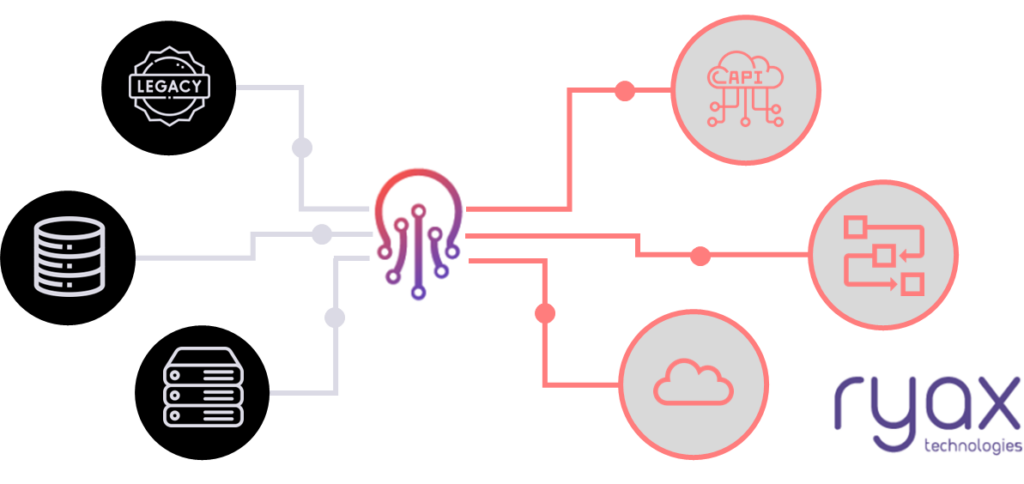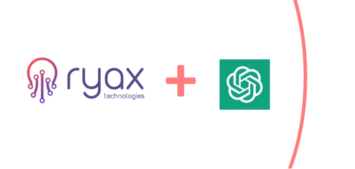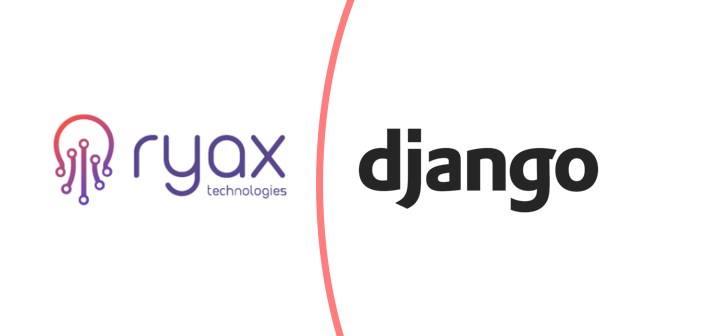Opensource speech-to-text API for your app – [AI series]
Opensource speech-to-text API for your app – [AI series] Speech-to-text API Speech-to-text can be used to transcript for instance a customer call, or another example, generate the subtitles of a video. Let’s see how simple it is to create an API with RYAX, to transcript the video into a text file ! For that, we’ll […]
Opensource speech-to-text API for your app – [AI series] Read More »







